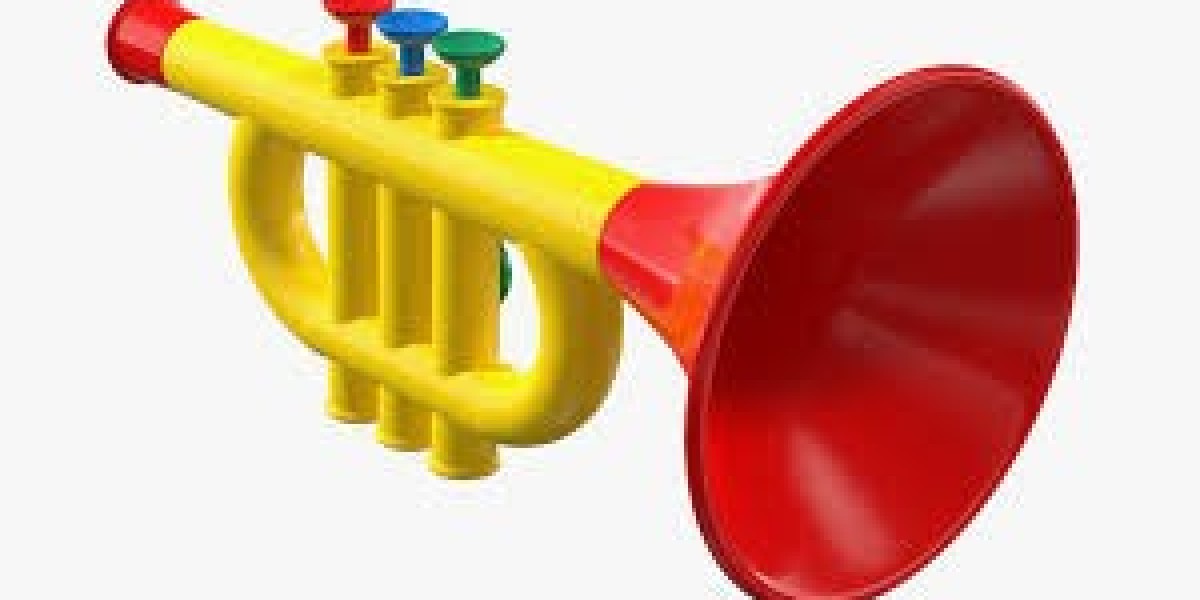In the world of toys, there is a growing interest in innovative, interactive, and sensory-driven products. Among the many toys that have captured the hearts and imaginations of both children and adults, the Dancing Cactus, Horn Toy, and Zipper Toy stand out. These toys combine fun, curiosity, and novelty, offering entertainment that goes beyond traditional play. In this article, we explore these three toys, their unique characteristics, and their role in modern toy culture.
Dancing Cactus: The Musical, Movement-Driven Sensation
The Dancing Cactus has quickly become one of the most talked-about toys, particularly for younger children. This animated cactus toy is designed to move and “dance” to music. It’s typically shaped like a small cactus, often with a cute, smiling face, and a base that houses the speaker and motor that drives the movements.
A Toy That Moves to Music
What sets the Dancing Cactus apart is its ability to synchronize its movements to pre-recorded songs or sound effects. It features a built-in speaker that plays a variety of songs, from classic nursery rhymes to more contemporary tunes. The cactus will sway back and forth, moving its arms, and sometimes spinning, in time with the music, creating an entertaining spectacle for onlookers.
Children are drawn to the lively movements and the vibrant music, which stimulates their auditory and visual senses. The toy's repetitive, rhythmic motion also encourages children to engage in dancing and mimicking the toy's actions. This interactive component makes the Dancing Cactus an excellent tool for improving motor skills and rhythm recognition in younger children.
Educational Benefits
Beyond its entertainment value, the Dancing Cactus is also educational. Its motion helps develop hand-eye coordination, and the music promotes an appreciation for rhythm and melody. For toddlers, the Dancing Cactus can be a fun way to introduce basic concepts like colors, numbers, and shapes, which are often embedded in the song lyrics.
The toy also fosters social interaction, as children may mimic the movements of the cactus or dance alongside it. This collaborative play can help build social skills and improve confidence in group settings.
Horn Toy: A Classic and Fun Noisemaker
The Horn Toy is another favorite among younger children. These toys, often designed as small plastic horns or trumpets, are capable of making loud, exciting sounds when blown into. The horn can come in various forms, from simple noisemakers with a basic shape to more sophisticated, musical instruments.
The Joy of Sound
At its core, the Horn Toy is all about sound. Its primary function is to produce loud, attention-grabbing noises when air is blown through it. While this may sound simple, it’s precisely this capability that appeals to young children. The sounds created by the Horn Toy are often high-pitched and playful, which can make them amusing for both the children and the adults around them.
Early Musical Exploration
For young children, playing with the Horn Toy serves as an introduction to the world of sound production and music. It helps them understand cause and effect—blowing into the horn results in a sound. Additionally, using the horn encourages children to practice their breath control, which can have positive effects on lung development and coordination.
The Horn Toy can also inspire a sense of curiosity about other musical instruments. Children who begin with a simple noisemaker might eventually develop an interest in more complex instruments such as trumpets, trombones, or even string instruments. In this way, the Horn Toy serves as a stepping stone toward a deeper appreciation for music.
Social Interaction and Fun
Horn Toys are also popular in group play settings. Whether used in parades, parties, or games, these toys are perfect for creating noise and excitement. They are often a staple at children’s events like birthday parties, school celebrations, or carnival settings, where they add an extra element of fun and liveliness.
Zipper Toy: The Sensory Delight for All Ages
The Zipper Toy, often known as a "zipper pull toy," may seem simple at first glance, but its captivating design and interactive feature make it a favorite among children and adults alike. It typically features a long zipper that runs along a fabric or plastic toy, and when pulled, it offers satisfying tactile feedback.
The Satisfying Sensory Experience
One of the key attractions of the Zipper Toy is the sensory experience it provides. The simple act of pulling the zipper up and down creates a unique tactile sensation that many people find oddly satisfying. The satisfying sound of the zipper as it is pulled open and closed further adds to its appeal.
For children, the Zipper Toy serves as an engaging sensory activity that encourages the development of fine motor skills. By repeatedly pulling and manipulating the zipper, children improve their dexterity and hand-eye coordination. The act of zipping and unzipping also helps them practice patience and focus, as it requires a level of attention to detail and control.
A Therapeutic Toy
The Zipper Toy has found a special place in the world of sensory therapy. It is often used to help individuals with sensory processing disorders or those on the autism spectrum. The repetitive action of zipping and unzipping offers a calming effect and can help reduce anxiety and stress. The soothing sound and tactile feedback provide a grounding experience, making the Zipper Toy an excellent tool for self-regulation.
Adults, too, have found comfort in the Zipper Toy. Some people enjoy the repetitive nature of the toy, finding it a form of relaxation or stress relief. It’s often likened to the popularity of fidget spinners or other tactile toys designed to engage the senses and provide relief from restlessness or anxiety.
Versatility and Fun
Zipper Toys come in a variety of forms. While many are simple zipper pulls attached to a plush or fabric-based body, others are more elaborate designs that feature multiple zippers or even integrated puzzles. Some even have lights or sound effects, enhancing their entertainment value. This versatility makes them suitable for children of different ages and interests.
For older children and adults, the Zipper Toy can serve as a small but entertaining desk accessory or stress-relieving tool. Its simplicity combined with its tactile and auditory feedback creates a unique charm that appeals to a broad audience.
The Appeal of Interactive Toys in Today's Market
The Dancing Cactus, Horn Toy, and Zipper Toy represent just a few of the interactive toys that have become hugely popular in recent years. What they all have in common is their ability to engage the senses, whether through movement, sound, or tactile feedback. These toys offer more than just entertainment—they provide opportunities for sensory development, motor skill improvement, and even therapeutic benefits.
Interactive toys like these are not only fun, but they also reflect the growing trend in the toy market toward products that promote developmental growth. As technology evolves and parents look for more enriching experiences for their children, toys that combine entertainment with educational and therapeutic value are in high demand.
Conclusion: The Enduring Appeal of Simple Toys
While the Dancing Cactus, Horn Toy, and Zipper Toy may seem like simple, unassuming products, their impact on children and adults alike is undeniable. These toys offer a unique blend of fun, interactivity, and educational potential. In a world where screen time often dominates, these physical toys encourage tactile engagement, movement, and social interaction—elements that are essential for healthy development.
In the end, the beauty of these toys lies in their simplicity. Whether dancing to music, making joyful noise, or providing soothing sensory feedback, the Dancing Cactus, Horn Toy, and Zipper Toy remind us that sometimes, the most memorable experiences come from the simplest of playthings.








